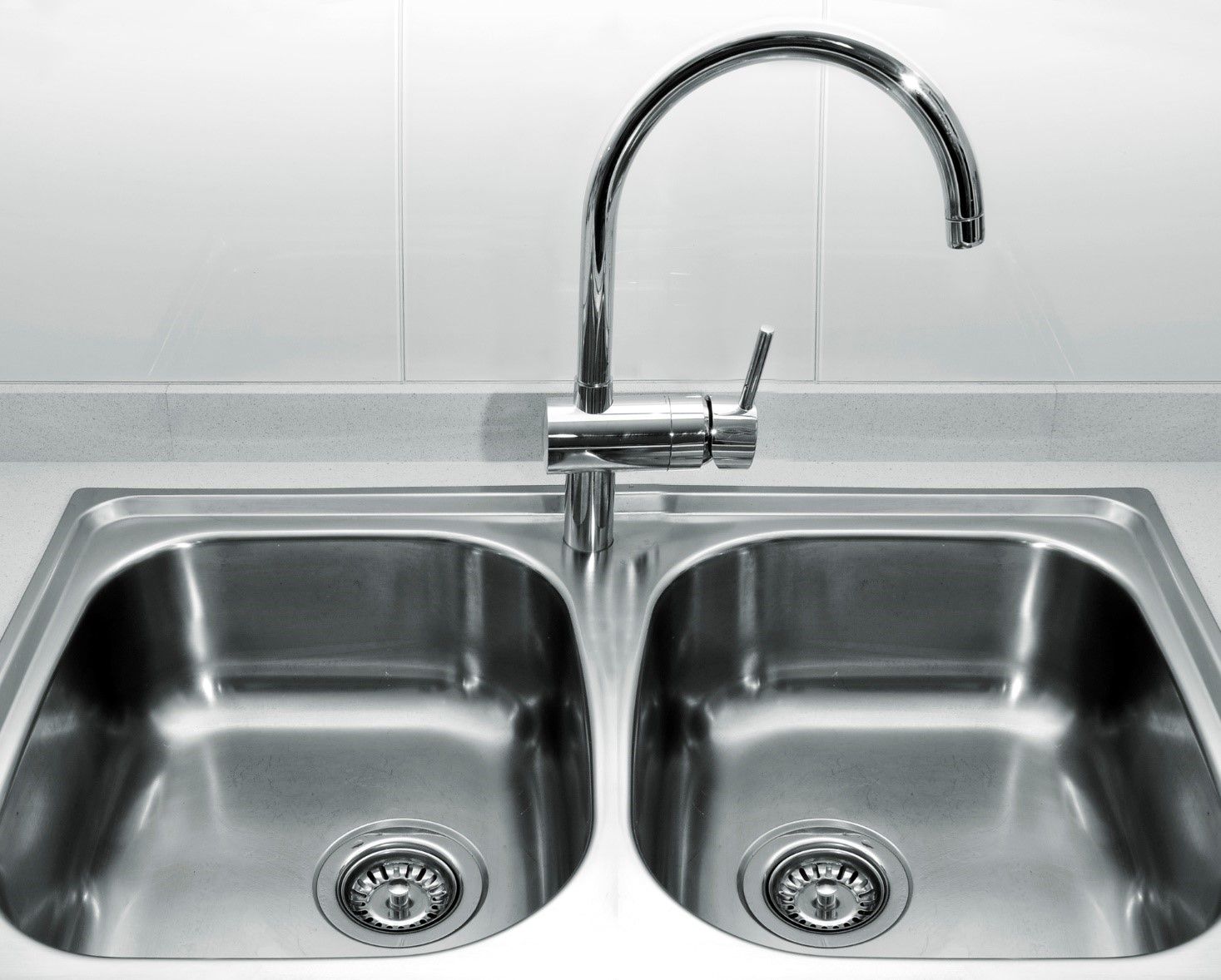3 Reasons Behind the Sudden Spike in Your Water Bill
A sudden rise in your monthly water bill could point to a lot of reasons. First, your water usage habits may have changed, which means you use up more water than you did earlier. Second, issues with your plumbing system, such as hidden leaks, could be behind the sudden surge.
Even the smallest of leaks may end up costing you a lot in wasted water. Therefore, act quickly and avoid paying for water you don’t use. Discover three reasons that could explain why your water bill is suddenly higher.
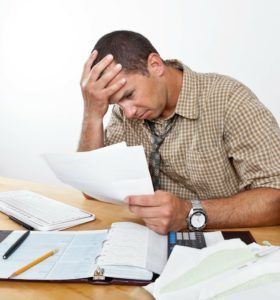
1. Hidden Underground Leaks
Underground plumbing leaks can be difficult to detect without professional help. You may notice that your water usage habits haven’t changed, but the bill keeps rising.
The pipes leading up to your house are often the main reason for underground leaks. Intrusive tree roots could damage the pipes deep in the ground and cause cracks that water can leak from. However, the signs of an underground leak may take time to show up. By the time you’re aware of the damage, you may have already lost too much water from your plumbing system.
Therefore, if you suspect a hidden leak, first monitor your meter readings. Keep track of your water habits, including how many times you run your dishwasher or washing machine. A little extra effort to monitor your usage can help narrow down any abnormalities with your water bill.
2. Running Toilets
Toilets use up a significant amount of water. So, if your toilet constantly runs or has a leak, your monthly consumption will likely increase by a considerable margin.
Your toilet cistern has an adjustable float that controls the water level. If the float is lower than it should be, flushing your toilet may not be as effective. The water level won’t be sufficient enough to keep the flush working correctly.
On the other hand, the fill valve may not cut off the water supply if the float is higher than usual. In such a case, water may leak through into the overflow pipe, and your toilet might not stop running. Eventually, the wasted water raises your water bill to a much higher amount than usual.
To confirm whether you have a leak, call in your plumber. They could perform special tests to determine where the problem is and replace any faulty component. Also, they may suggest a complete replacement if your home has older or failing toilet fixtures.
3. Dripping Faucets and Fixtures
Much like running toilets, a leaky faucet can waste a lot of water and vastly increase your monthly water bills. The effect is even worse when you have several leaky fixtures in your home. One drip may seem like a negligible amount of water, but the burden of wasted water often accumulates with time.
For instance, a single faucet dripping once every second can end up costing you several gallons of water every day. With more than one leaking faucet, you could end up paying way more in bills than you should. Luckily, you can spot a leaky plumbing fixture in your home by simple visual inspection. Careful monitoring of your showerheads and faucets can tell you what parts of your plumbing system need attention.
A faucet might leak if the rubber washer near the handle is broken. If you notice a leak after even closing a faucet tightly, shut off the supply valve to the faucet and ask your plumber to take a look.
You shouldn’t have to pay more for less water than you actually use. If you notice an unexplained sharp spike in your monthly water bill, reach out to Quality Plumbing as soon as possible.

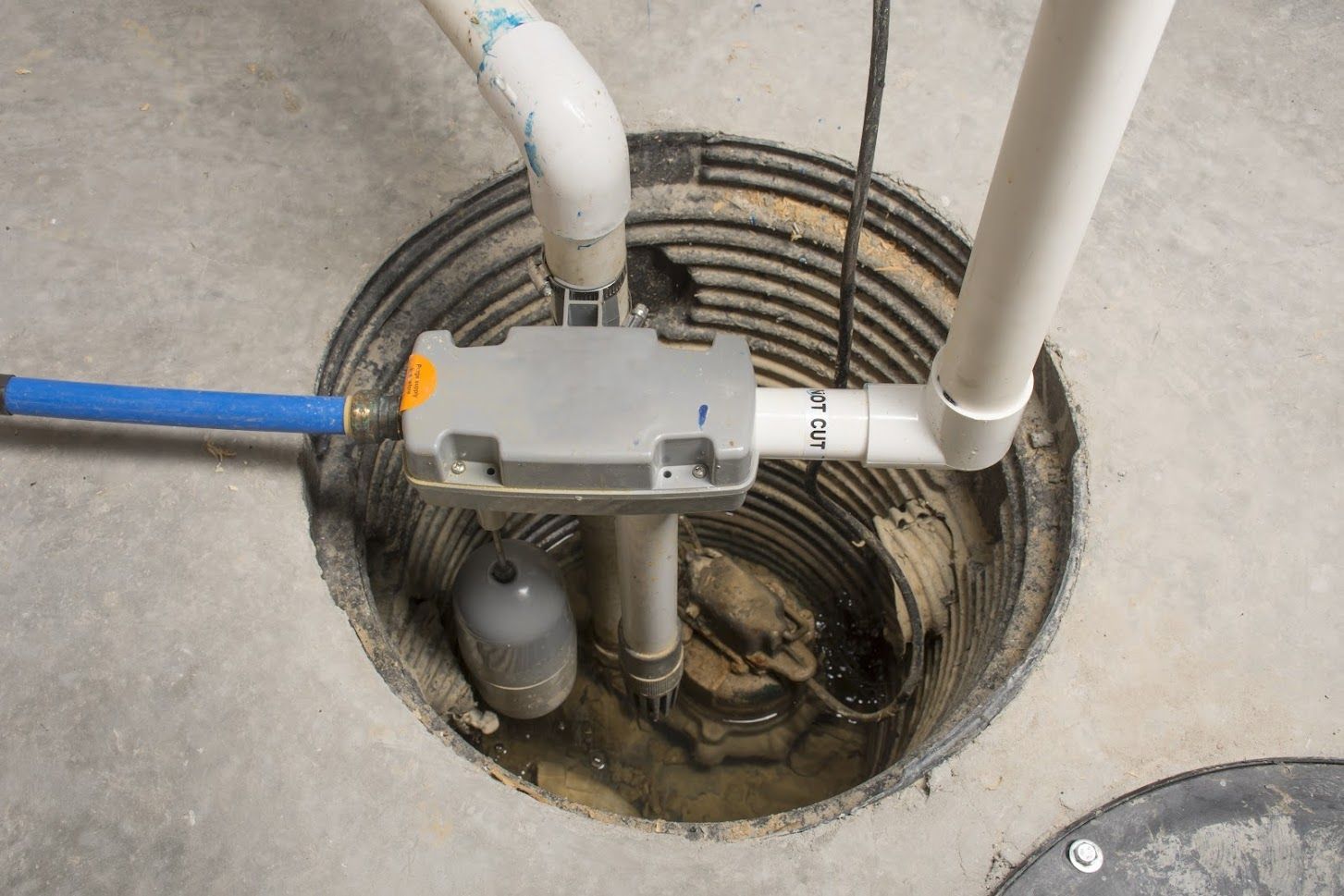

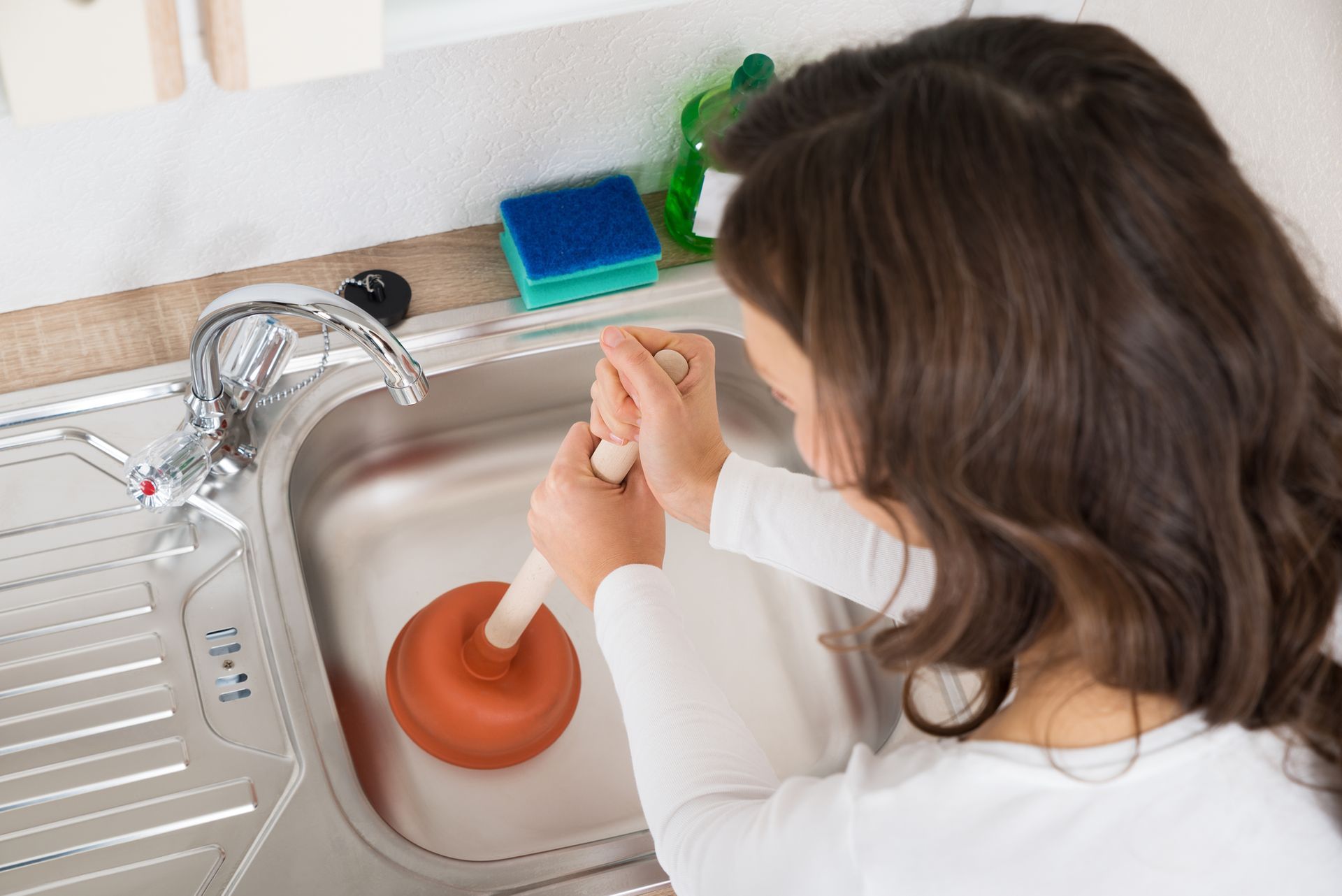

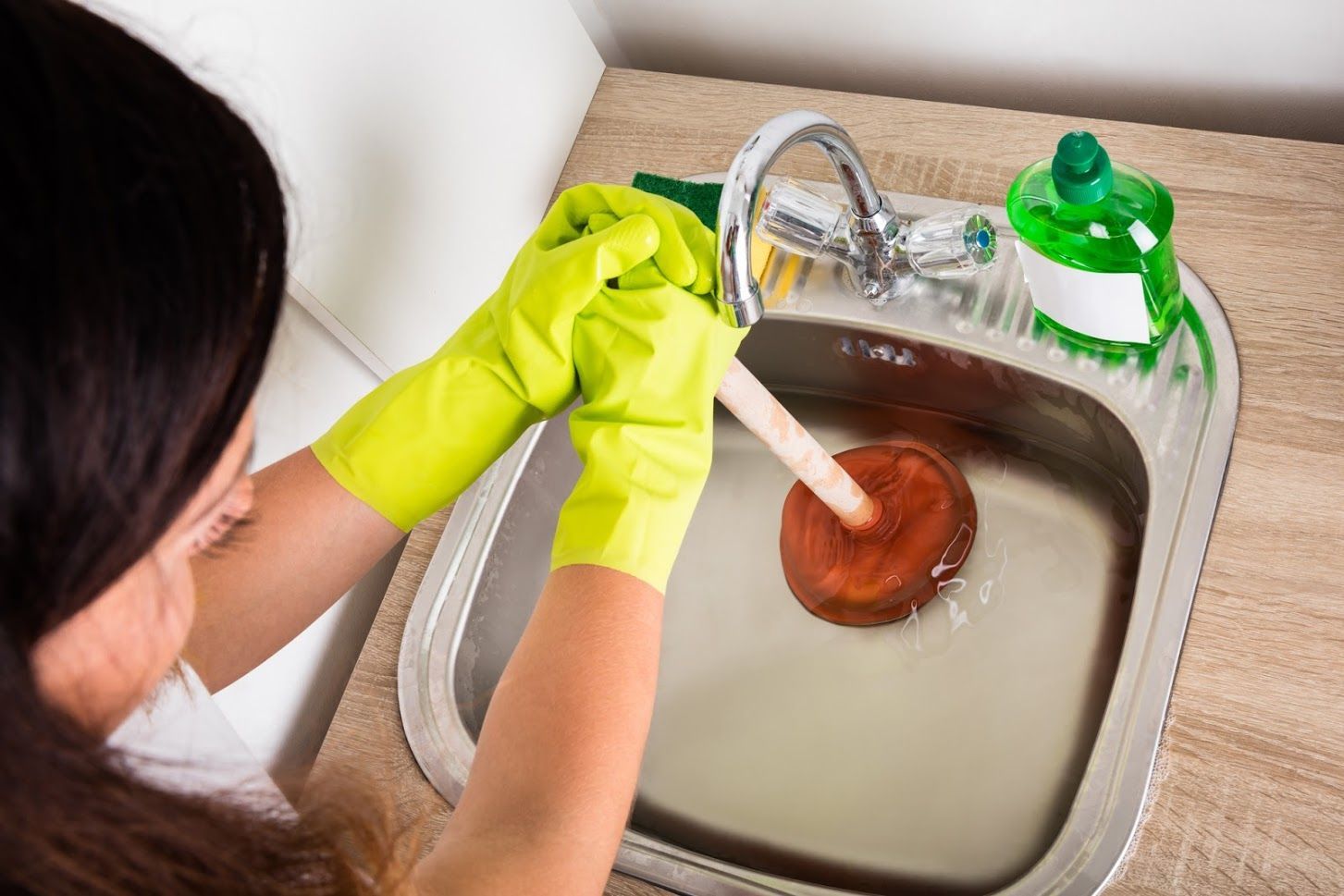

★★★★★
The total process from booking a service call, by phone, to the installation of a steel reinforced waterline hose on our refrigerator, was a pleasurable experience. A retired plumber recommended QP. Jeff had to pull out the refrigerator, remove the plastic waterline, install the new waterline, check to make sure the water dispenser was working and put the refrigerator back. Jeff was careful and mindfull of our wooden floor as the refrigerator was in a built-in cabinet. Since we live in a condo we want to eliminate all possibilities for a water leak. Jeff not only did his skillful job, he also educated us on the different water supply lines. I would recommend QP.
- Janeine G.
Button
★★★★★
Quality Plumbing did a rough-in plumbing install for a bathroom and kitchen sink in my basement. Very communicative, helped plan the space, and did a great job on the install. Will be using them again!
- Ian H.
Button
★★★★★
Called them when my water heater broke, they were over same day with a new one. Logan is great, he's fixed a couple things over the last year and is always professional and informative.
- Nick B.
Button
★★★★★
Quality plumbing is amazing 👏 when my brothers home had a problem with water pressure, they were able to schedule quickly, identify the problem and provide cost effective solutions quickly. When they did the work, they were on time on budget and cleaned up everything afterwards. Thank you for your great service Quality Plumbing! …
- Rich R.

★★★★★
Quality Plumbing is my go-to plumbing company for all my projects. I had one big project and after meeting Jeff, I’ve specifically requested him to come out for my other 2 projects. He’s incredibly punctual, efficient, and keeps the area nice and clean. Great to communicate with and provides clear answers to all my questions. Jeff is very professional and knowledgeable in his craft. Every time I call, Delaney will always pick up my phone calls and get me scheduled right away. Never had great success with plumbing companies until I started working with Quality Plumbing. They have unbeatable prices and will provide you with an honest solution to your problems. Highly recommend choosing Quality Plumbing!
- Alex D.
Button

★★★★★
The total process from booking a service call, by phone, to the installation of a steel reinforced waterline hose on our refrigerator, was a pleasurable experience. A retired plumber recommended QP. Jeff had to pull out the refrigerator, remove the plastic waterline, install the new waterline, check to make sure the water dispenser was working and put the refrigerator back. Jeff was careful and mindfull of our wooden floor as the refrigerator was in a built-in cabinet. Since we live in a condo we want to eliminate all possibilities for a water leak. Jeff not only did his skillful job, he also educated us on the different water supply lines. I would recommend QP.
- Janeine G.
Button
★★★★★
Quality Plumbing did a rough-in plumbing install for a bathroom and kitchen sink in my basement. Very communicative, helped plan the space, and did a great job on the install. Will be using them again!
- Ian H.
Button
★★★★★
Called them when my water heater broke, they were over same day with a new one. Logan is great, he's fixed a couple things over the last year and is always professional and informative.
- Nick B.
Button
★★★★★
Quality plumbing is amazing 👏 when my brothers home had a problem with water pressure, they were able to schedule quickly, identify the problem and provide cost effective solutions quickly. When they did the work, they were on time on budget and cleaned up everything afterwards. Thank you for your great service Quality Plumbing! …
- Rich R.

★★★★★
Quality Plumbing is my go-to plumbing company for all my projects. I had one big project and after meeting Jeff, I’ve specifically requested him to come out for my other 2 projects. He’s incredibly punctual, efficient, and keeps the area nice and clean. Great to communicate with and provides clear answers to all my questions. Jeff is very professional and knowledgeable in his craft. Every time I call, Delaney will always pick up my phone calls and get me scheduled right away. Never had great success with plumbing companies until I started working with Quality Plumbing. They have unbeatable prices and will provide you with an honest solution to your problems. Highly recommend choosing Quality Plumbing!
- Alex D.
Button






